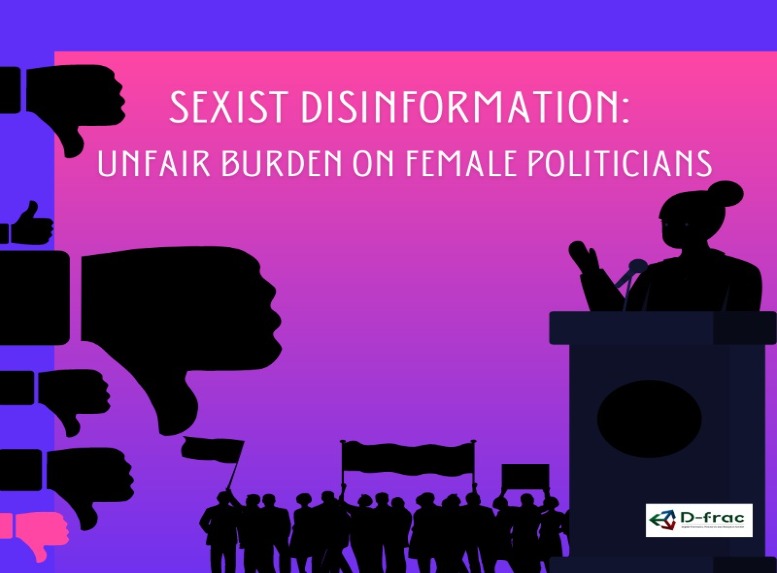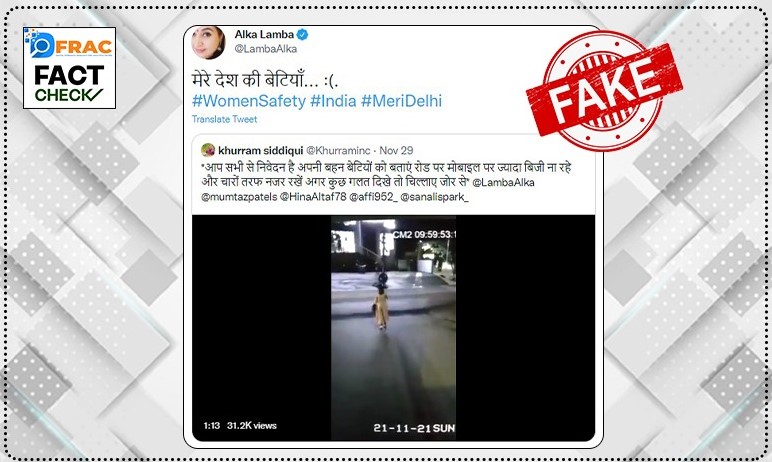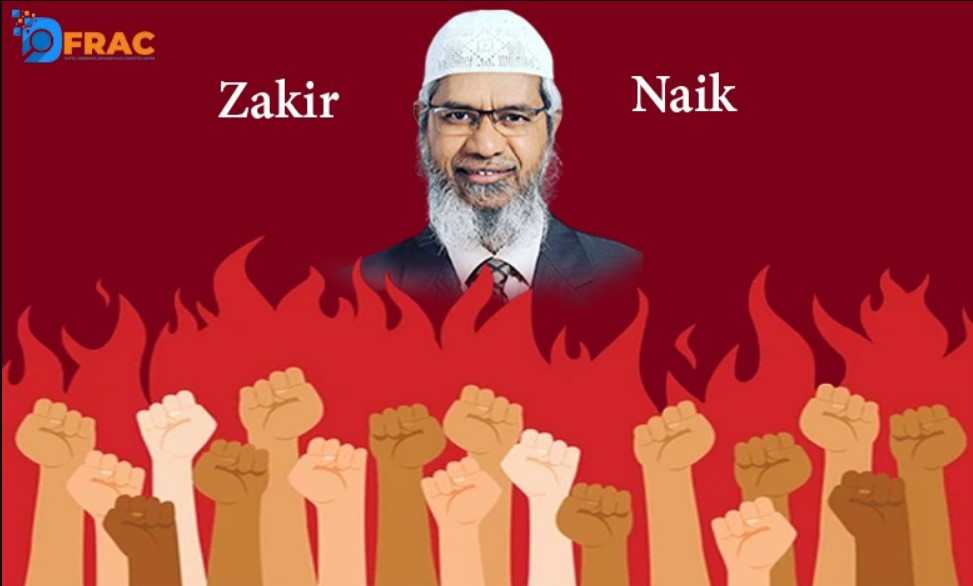There is a relative lack of data on the intersection of misinformation and misogyny in Indian politics. In our previous pieces, we have tried to highlight a few ways in which misinformation and disinformation impacts women differently than men and how members of the LGBTQ community and cis-gender women from all backgrounds are more adversely affected by online hate than men.
It has been noted by many data scientists and analysts all around the world that fake news and misinformation is a very effective tool to influence elections and ultimately lead to a more authoritarian regime. However, when these tools are used against a female politician, the misinformation always becomes sexist and misogynistic in nature.
It is evident from how the world has progressed that most people with access to the internet list it as their primary source of information on everything. We get our news, our social interactions, our entertainment, almost everything online. Now, this includes our politics too. Social media platforms such as Facebook are now used to dispel large amounts of content everyday. This content saturates our space to such an extent that it becomes hard to escape all of it. Misinformation has had real world consequences where we are now more polarized on the political spectrum.
The tool of misinformation when used for women candidates feeds into the already sexist culture of politics that is evident not just in India but all around the world.
In the research done by #ShePersisted using AI technology and it was found that bots and trolls attacked women candidates at a higher rate than their male counterparts in the 2020 US Presidential Elections. The nature of the attacks also differed between men and women, none of the attacks done on men were in any way sexist but women were unfairly targeted with incredibly sexist claims. The vice-president of USA, Kamala Harris was at the centre of a smear campaign rather than providing a sound critique of her policies that questioned her credibility and implied that she relied on the support of powerful men.
Similar stories are witnessed all around the world where democracies are backsliding in some ways including India. As a part of the research mentioned above, 88 female politicians were interviewed all over the world and almost all of them raised concerns over the extremely violent and sexist nature of misinformation they have had to tackle online.
In the Indian context any woman who does not conform to the traditional, often matronly and ‘wifely’ figures become a target of online hate and sexist misinformation. Attacks against popular female politicians such as Mayawati, Smriti Irani and Mamta Bannerjee are extremely common on Twitter. The trolls and bots just cannot seem to look at female politicians beyond their sex.
Gender disinformation not only undermines the credibility of female politicians but also act as method of gatekeeping. Rather than facing such humiliation on a daily basis, many find it easier to abandon their political careers altogether.
The overlying consequence of deliberate misogynistic misinformation is that it is a real threat to democracies as it is overtaking the truth and is an impediment to the democratic process. Journalist Swati Chaturvedi in her book “I am a troll” talks about the nature of digital trolling that has had a disproportionate impact on female public figures.
Advocacy groups all around the world have demanded the need for better media literacy and accountable journalism. A coalition between social media conglomerates and governments is needed to tackle this issue. The gendered nature of misinformation is not something that can be brushed under the carpet anymore. It has come dangerously close to violent extremism and must be tackled in a similar manner.





